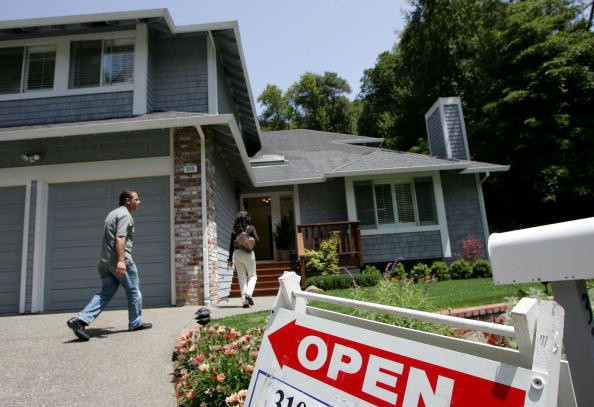
Home prices could soon dip in a handful of metro areas in the United States, according to a new analysis.
Home prices in the US increased by 6.5% in March from a year earlier, per an S&P CoreLogic Case-Shiller Index. It is the sixth time the index has reached a new record high over the past year.
On a monthly basis, national home prices rose by 1.3%. A separate CoreLogic HPI Forecast predicted home prices to increase by 0.8% from March 2024 to April 2024.
While home prices in the Northeast continue to see a substantial increase in prices, some metro areas are forecasted to see price drops.
Where Home Price Cuts Are Expected
The cities with the highest chance of seeing price cuts in the US are:
- Palm Bay-Melbourne-Titusville, Florida
- Atlanta-Sandy Springs-Roswell, Georgia
- Spokane-Spokane Valley, Washington
- Deltona-Daytona Beach-Ormond Beach, Florida
- Greenville-Anderson-Mauldin, South Carolina
CoreLogic noted that each metro area listed has a "very high" risk for a price decline. This means they have more than a 70% chance of experiencing a price drop over the next 12 months.
Where Home Prices Increase Significantly
In addition to analyzing where price cuts are most probable, CoreLogic also noted where housing prices have significantly increased.
By state, year-over-year home prices increased the most in New Jersey (with a 12.2% gain), South Dakota (11.5%), and New Hampshire (10.6%).
By metro areas, year-over-year home prices posted the highest gain in Miami (with a 10.6% increase), San Diego (9.4%), Chicago (8.2%), Boston (7.6%), Las Vegas (7.4%), Los Angeles (6.0%), Washington (6.0%), Phoenix (5.6%), Denver (2.8%), and Houston (2.1%).
"Home prices increased again this March beyond the typical seasonal uptick, despite mortgage rates reaching this year's high and the affordability crunch continuing to keep many prospective buyers on the sidelines," Dr. Selma Hepp, chief economist for CoreLogic, said in the report. "Even with the long-anticipated break in for-sale inventory, the surging cost of homeownership, further fueled by rising insurance and tax expenses, is holding potential home sales back, as is evident in the slow rise in sales compared with last year. These price pressures reflect the overall supply-and-demand mismatch, as well as continued interest from households with larger budgets."



